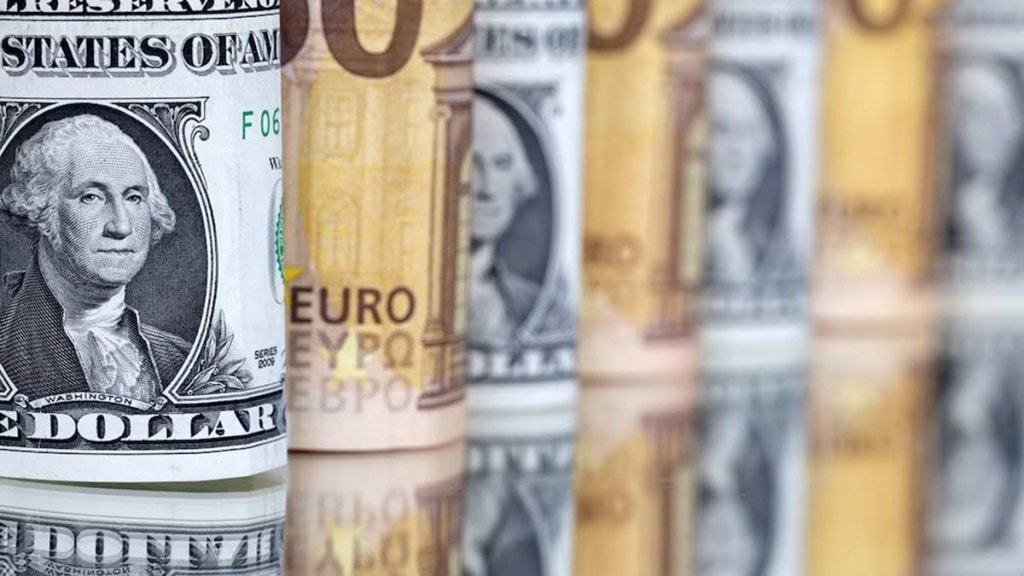Foreign portfolio investors have turned net sellers in the Indian G-Sec market this week, after being net buyers in the first week of December. According to market participants, the sell-off has resumed after the interest rate differential between India and US has narrowed from 300 basis points (bps) to 240 bps.
Indian yields have been softening on expectations of a rate cut from the Reserve Bank of India (RBI) in February, while the yield on the 10-year US Treasury benchmark has risen to 4.34% – the biggest weekly gain in a year.
Market participants said overvaluation of the rupee vis-à-vis other Asian currencies and RBI’s increasing positions in non-deliverable forwards markets have also weighed on FPIs inflows in G-Sec.
According to the Clearing Corporation of India, FPIs holdings in FAR securities came down to Rs 2.47 lakh crore, from Rs 2.52 lakh crore on December 6.
“US yields have been inching up and domestic yields have fallen (not sharply), while the rupee remained under pressure. All these act negatively for FPI inflows,” said a trader with a foreign bank. Usually, whenever there is an uptick in the US Treasury yield and volatility in the rupee, FPIs pull out money from the Indian markets and invest in the home country.
Further, with the rupee’s real effective exchange rate (REER) remaining around 107.21, markets feel that there is more room for the currency to depreciate. Ideally, if the REER is 100, the currency is considered fairly valued. Below 100 means it is undervalued, while above 100 is deemed overvalued.
Going forward, market participants expect a further slowdown in the pace of foreign inflows in FAR securities as foreign investors close their accounting books towards the end of the calendar year. They tend to book profits before closing their books, resulting in outflows.
If the central bank cut the policy rate, leading to a sharp fall in domestic yields, the gap between the US and India may widen, making the latter more appealing to foreign investors. However, any change in global events, especially after Donald Trump taking charge as US President, is likely to determine the future course of foreign inflows in the Indian government bond market.
“A lot depends on what policies Trump’s administration undertakes. If there are high chances of the rupee touching 85/$ by the end of February, it will certainly put pressure on their appetite to invest in emerging markets,” said a trader with a private bank.
In the first week of December, FPIs turned net buyers as lower GDP print for Q2FY25 had boosted their hopes of a rate cut in India.
